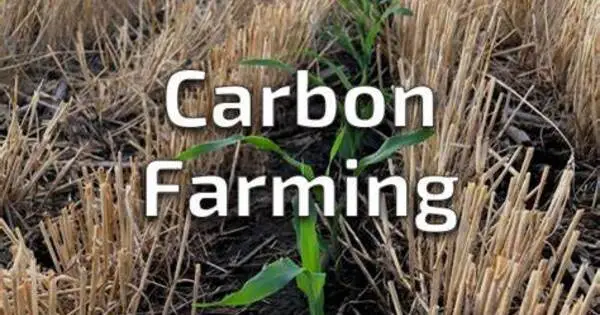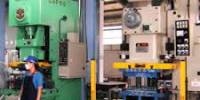Carbon farming is a collection of agricultural methods and land management strategies that aim to store carbon dioxide (CO2) from the atmosphere and prevent climate change. It refers to a multitude of agricultural practices that try to store atmospheric carbon in soil, crop roots, wood, and leaves. The major goal is to increase carbon capture and storage in soil and vegetation.
Carbon farming aims to enhance the rate at which carbon is sequestered into soil and plant material, resulting in a net loss of carbon from the atmosphere. Carbon farming approaches aim to increase soil organic carbon, which benefits soil health, water retention, and overall agricultural output. Increasing soil organic matter content can help with plant development, increase total carbon content, enhance soil water retention capacity, and reduce fertilizer consumption. Carbon farming is part of climate-smart agriculture.
Key carbon farming practices include:
- Cover Cropping: Planting cover crops between main crops helps protect the soil from erosion, adds organic matter, and enhances carbon sequestration.
- No-Till or Reduced Tillage: Minimizing or eliminating tillage reduces soil disturbance and helps preserve soil structure, which in turn enhances carbon storage.
- Agroforestry: Integrating trees and shrubs into agricultural landscapes can increase carbon sequestration, improve biodiversity, and provide additional benefits such as windbreaks and shade.
- Rotational Grazing: Managed grazing of livestock can improve soil health, stimulate grass growth, and increase carbon sequestration.
- Composting: Adding organic matter through composting improves soil structure, fertility, and carbon content.
- Perennial Crops: Growing perennial crops instead of annuals can help maintain continuous plant cover, reducing soil erosion and promoting carbon sequestration.
- Biochar Application: Biochar, a form of charcoal produced from organic matter, can be added to soil to enhance carbon storage and improve soil fertility.
Carbon emission reduction approaches in agriculture are classified into two categories: lowering and displacing emissions and increasing carbon sequestration. Reductions include enhancing farm operations’ efficiency (for example, using more fuel-efficient equipment) and disrupting the natural carbon cycle.
In addition to agricultural operations, forest management is a tool for carbon farming. Carbon farming is frequently practiced by individual landowners who are incentivized to utilize and integrate carbon sequestration technology through government policies. These technologies are often expensive, thus farmers and landowners must find a means to benefit from carbon farming, necessitating government programs.
Carbon farming not only reduces CO2 emissions, but it also improves soil fertility, water management, and overall ecosystem resilience. Many of these methods are part of sustainable agriculture, helping to create more resilient and ecologically friendly food production systems. Furthermore, carbon farming can be supported by a variety of incentive programs and regulations targeted at encouraging sustainable land management techniques.
















